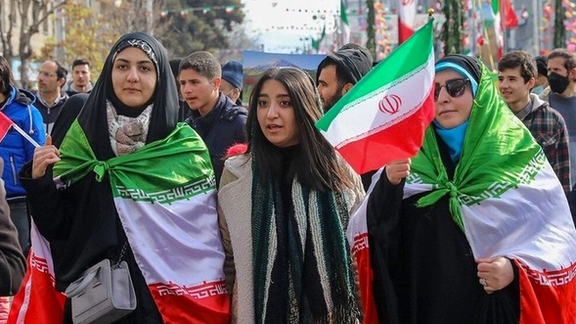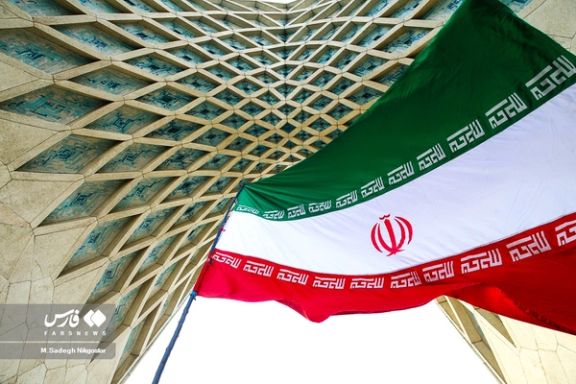Protest Planned For February 16 May Test Tehran’s Attitude

Protests planned for February 16 may be a test for finding out a change in the Iranian government's approach to address dissent.

Protests planned for February 16 may be a test for finding out a change in the Iranian government's approach to address dissent.
Following more than five months of protests, numerous calls made by Iranian politicians from across the spectrum to do away with violent crackdown, finally prompted the government to reluctantly announce a partial amnesty for jailed protesters and promises to release more prisoners including intellectuals.
However, a call for protests on February 16 has been made on social media and many Iranians have called on businesses in Tehran and other Iranian cities to shut down the CC-cameras that might be used by security forces to identify protesters.
The call for the protest came on the anniversary of the 1979 revolution on February 11 when the Iranian government rallied its supporters and reportedly forced some government officials and students to take part in the rallies.
Many politicians and pundits in Tehran have voiced guarded praise for the partial prisoner amnesty, but they have also called on the clerical regime to be more tolerant of protests to regain some of its lost legitimacy.
Government officials and state-owned media presented conflicting and exaggerated figures for the number of those who took to the street in the stage-managed rallies. Asr Iran website in Tehran featured a report questioning the validity of these numbers, adding that exaggerated figures could be counter-productive and insulting.
Like Fars news agency, hardliner daily Kayhan put the number of those taking part in the rallies at 20 million and called it the highest figure in 44 years. Asr Iran argued that the figure is unbelievable, just as the 2010 number of 50 million, which was too exaggerated for a country with a population of just over 75 million at the time.
Asr Iran noted that a comparison of the figures for 2010 and 2023 shows that some 30 million Iranians are no longer interested in taking part in the pro-government rallies. It called such fabricated news as treason, although it said that "millions" of Iranians were present in the rallies but did not cite an exact number.

Asr Iran warned that whatever the figures, the people's presence does not necessarily mean that they are happy about the government's performance. Furthermore, their presence should not prompt the government to ignore the absence of a larger number of people who chose not to take part in the rally. The website quoted Iran’s ruler Ali Khamenei as saying, "They may not like the Islamic Republic, but they certainly like Iran."
The website also said that the protests during the past months gave an added motivation to government supporters to take part in the demonstrations. In fact, this was what some Iranians told the state television in stage-managed interviews that were broadcast throughout the day on Saturday.
Asr Iran added that it was foolish to doctor photos to portray the number of pro-government demonstrators more than their actual numbers.
Media in Tehran generally ignored massive rallies by Iranian expats in Washington DC, Los Angeles, Chicago, Paris, London, and several other European and Australian cities. However, it suggested that Iranian officials should keep monitoring the number of people who take part in progovernment demonstrations in Iran.
In another development, welcoming the amnesty for political prisoners, centrist daily Ham Mihan wrote on Sunday that "The amnesty and the promise of further pardons were good news, but "There will be no essential change in this regard as long as foreign-based media remain as the point of reference for Iranians." Ham Mihan added, "This requires the overhaul of the media as an institution. The media should be taken out of the war of narratives and returned to the arena of reflecting the truth."